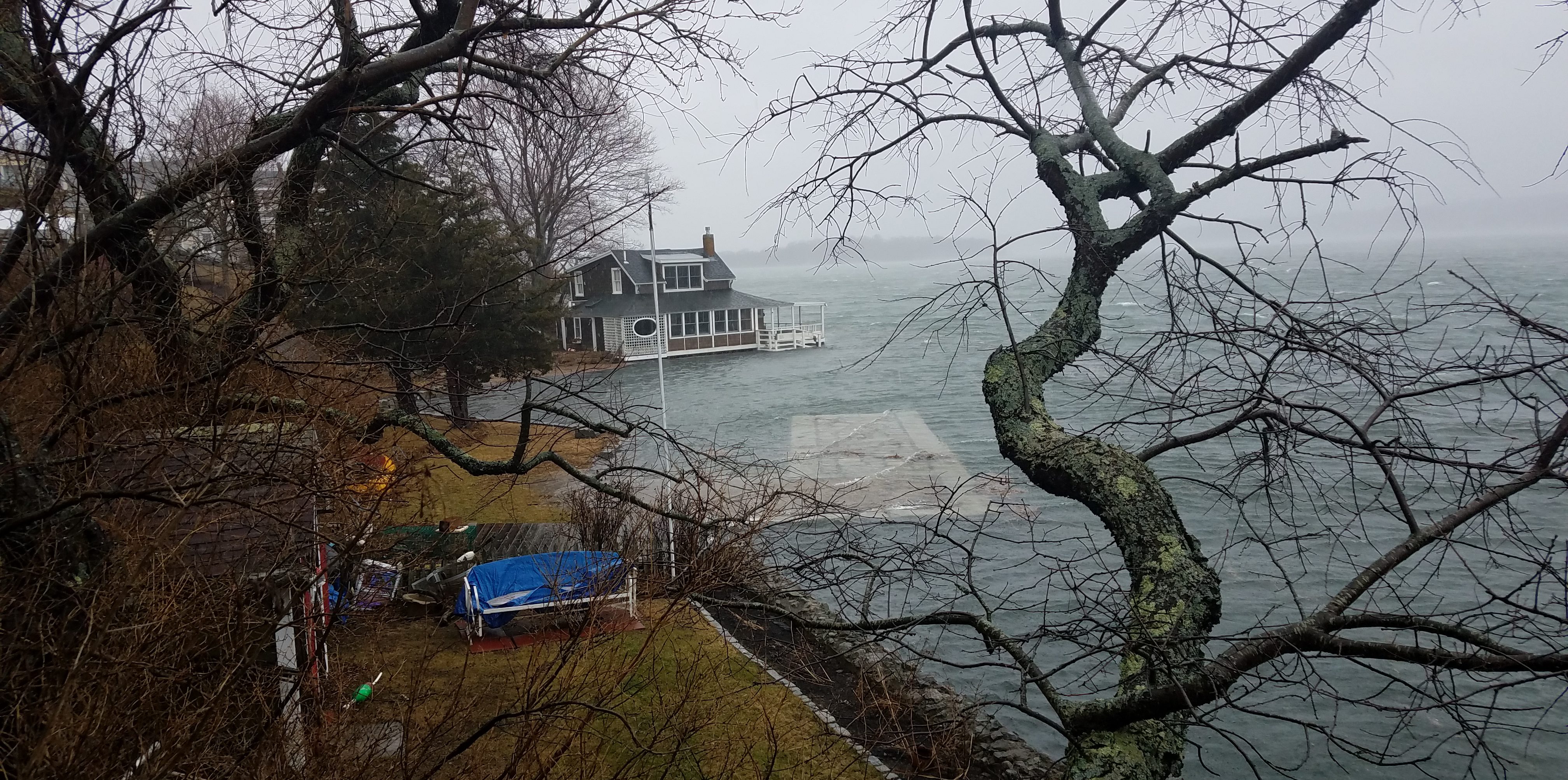

That means we compare NFIP to private flood insurance options and always get THE BEST deal on flood insurance. Better Flood Insurance is the only national flood insurance company that shops all viable options. We help you understand the difference between the NFIP and private flood insurance options. Flood Nerds shop all the options available in your state. If you do, they are an imposter…not a genuine Flood Nerd. You’ll never catch a Flood Nerd writing an auto policy. Flood insurance is a complex product and keeping up with the private and government markets is a full-time job if you do it right. Unlike other insurance agents that are generalists, we don’t write auto or home policies – we only write flood insurance. What is Better Flood Insurance? Better Flood Insurance is home to the Flood Nerds. If you’re in a hurry – scroll to the end and just watch the video. Get ready to learn more than you want to know about the difference between NFIP and private flood insurance. If your address is on the list, contact the Floodplain Management Department to request the elevation certificate.When it comes to flood insurance, you have two general options: the national flood insurance program or private insurance. If your address is not on this list, you will need to hire a surveyor to complete an elevation certificate for your home. If you need an elevation certificate, see if MSD has one on file for your address.


Elevation Certificatesĭo you need a elevation certificate for your home or business? As part of the CRS program, MSD has been collecting elevation certificates since 1990. Find out how much flooding could cost you by clicking here. Only a few inches of water to cause major damage to your home and its contents. In fact, people outside of mapped high-risk flood areas file nearly 25% of all National Flood Insurance Program flood insurance claims and receive one-third of Federal Disaster Assistance for flooding. Even though flood insurance isn't federally required, anyone can be financially vulnerable to floods.In a high-risk area, your home is more likely to be damaged by flood than by fire.

In most cases, it takes 30 days after purchase for a policy to take effect, so it's important to buy insurance before the storm approaches and the floodwaters start to rise.Compare that to the average flood insurance policy, which is about $650 per year, or about $54 per month. For a $50,000 loan at 4% interest, your monthly payment would be around $240 a month ($2,880 a year) for 30 years. Federal disaster assistance is usually a loan that must be paid back with interest.The CRS program saves the community approximately $2 million each year! For more information about the CRS program, click the CRS tab above. Currently, Louisville Metro is a Class 3 in the CRS program, which automatically gives community members up to a 35% discount on flood insurance premiums. Louisville Metro also participates in the Community Rating System (CRS). Learn more about Louisville Metro’s Floodplain Ordinance. In order to participate in the NFIP, the community is required to adopt and enforce a floodplain ordinance. Louisville Metro participates in the National Flood Insurance Program (NFIP) so that community members can purchase flood insurance to protect themselves from flood losses and so that the community is eligible to receive federal disaster assistance.


 0 kommentar(er)
0 kommentar(er)
